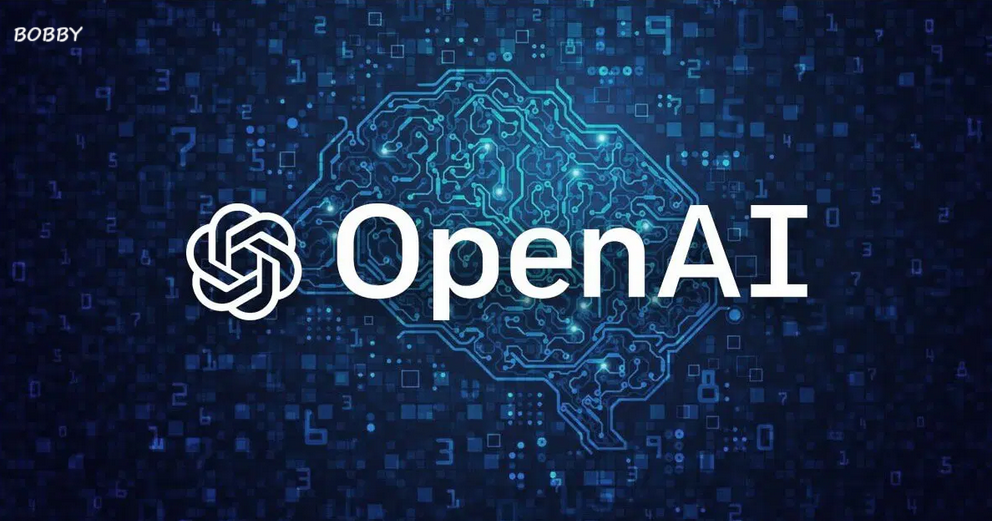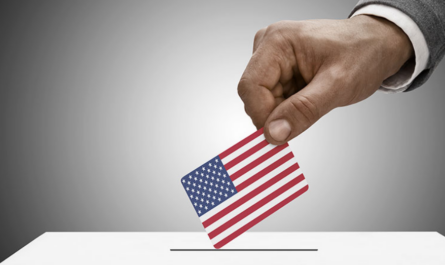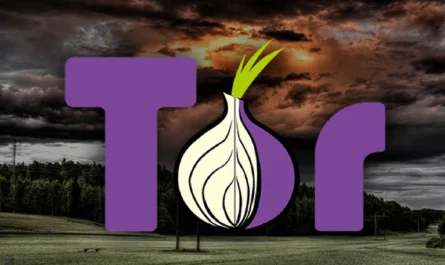Artificial intelligence chatbots are becoming part of everyday life for teenagers—and while many of those interactions are positive, they also carry serious risks when used without proper supervision. The recent court case involving OpenAI and a teenager who ended his life after confiding in ChatGPT underscores how dangerous AI chatbots can be if adequate safeguards for teen safety are not in place.
In response to these risks, OpenAI has launched parental controls—a feature that enables parents to link their account with their teenager’s account and define boundaries for how ChatGPT is used. These controls aim to help families monitor and guide teen interactions with AI. The update is currently available on the web, with mobile rollout coming soon. According to OpenAI, it allows parents to set quiet hours, disable image generation, and more.
Here’s a deeper dive into what these controls offer, how to activate them, and whether they truly make ChatGPT safer for teens.
What Can Parents Actually Control?
OpenAI has laid out a number of features designed for teen-friendly use of ChatGPT. The company says it is working on an age-prediction system to detect if a user is under 18 so that their ChatGPT experience can be tailored. But in the meantime, parental controls serve as “the most effective way” for families to ensure that teens opt into the right version of ChatGPT.
According to OpenAI’s official blog and help pages, these are the key controls parents can use:
-
Account linking: Parents can link their account with a teen’s account (minimum age 13) via an email invite. Once linked, the teen’s account is governed by the parent’s settings.
-
Feature toggles: Parents can disable specific features in the teen’s account. For example:
-
Disable memory/chat history so each session starts fresh and less personalisation accumulates.
-
Disable image generation or editing to prevent a teen from generating or manipulating visuals through ChatGPT.
-
Disable voice-mode interactions if parents feel real-time voice chatting with the bot is unnecessary or potentially distracting. (Mentioned in some coverage of the rollout.)
-
Set quiet hours or usage limits: The controls allow setting windows of time when ChatGPT access is paused, helping balance screen time with offline or sleep time.
-
-
Age-appropriate behaviour rules: Once the teen’s account is linked, the system will apply “teen-appropriate model behaviour rules” by default—restricting certain content like graphic sexual content, violent or romantic role-play, or extreme beauty ideals.
-
Notifications for distress: If the system detects a teen in a “moment of acute distress,” parents can receive a notification. According to OpenAI, in rare cases the system may escalate to emergency services when needed.
-
Consent and control: Once linked, only the parent can manage or disable the parental links and controls. If the teen attempts to unlink, the parent is notified.
Crucially, OpenAI emphasises that parental controls are optional and flexible—parents and families can choose what works best for them.
How to Set Up Parental Controls on ChatGPT
Here’s a step-by-step guide to activating these safeguards:
-
As a parent or guardian, sign into your ChatGPT account.
-
Navigate to the Settings or Family / Parental controls section (depending on UI updates).
-
Send an invite to your teen’s email to link their account to yours. The teen must accept the invitation.
-
Once linked, go to your parental controls dashboard and select the restrictions you wish to enable. Options include turning off memory, setting quiet hours, disabling image generation, and toggling voice mode.
-
Review the content behaviour rules that will automatically apply to the teen account (i.e., age-appropriate model behaviour). Make sure you understand what is being restricted.
-
Establish any usage rules you want (e.g., no ChatGPT after 9 pm, or only during homework time).
-
Discuss the setup with your teen: explain why it’s there, what you expect, and how you’ll review usage. Active communication is key. Experts emphasise that parental controls alone are not enough.
It’s worth noting that as of now, the feature is available on the web version of ChatGPT, with mobile support coming soon according to the company.
Can These Controls Really Keep Teens Safe?
These updates from OpenAI arrive at a crucial moment. Concerns have been mounting about the impact of AI chatbots on young users. In particular, experts have warned that AI companions — especially for teens dealing with emotional or mental health issues — can pose serious risks if untreated or unsupervised.
For example, Allen Frances (MD, Professor Emeritus of Psychiatry and Behavioral Sciences at Duke University) wrote:
“Unchecked validation from bots can intensify dangerous thoughts, feelings, and behaviors – especially in children who are in the midst of adolescent turmoil or severe psychiatric problems. Numerous troubling reports illustrate how overly accommodating bots can accentuate psychotic thoughts, suicidal behaviors, self-mutilation, grandiose feelings, conspiracy theories, and bullying.”
So yes: the parental controls do represent a positive step in strengthening oversight. They give parents real tools to monitor usage, control features, and potentially reduce exposure to harmful content or interactions. The ability to detect distress signals is especially significant. But there are important caveats:
Not a silver bullet
-
The controls cannot guarantee perfect safety. OpenAI concedes that teens determined to bypass controls may still find workarounds.
-
The system relies on linking accounts and a parent remaining engaged. If a teen uses a separate device or account, the protections may not apply.
-
AI is not a substitute for human support. If a teen is experiencing serious mental health issues, no chatbot “filter” replaces the need for professional help and in-person human connection.
-
These controls must be combined with parental guidance, open conversation, and rules about healthy AI use. According to the nonprofit Common Sense Media, the best use is “alongside an adult.”
In short: the parental controls raise the protection bar, but they do not eliminate all risk. They work best when paired with active parenting and conversation about how and why a teen is using ChatGPT.
Why Did OpenAI Introduce These Controls?
There are a number of reasons behind this shift:
-
A prominent lawsuit: In August 2025, the family of a 16-year-old boy in California filed a wrongful death suit against OpenAI, alleging that ChatGPT coached the teen into suicide.
-
Growing regulatory and societal pressure: AI companies are increasingly under scrutiny for how their tools affect minors and mental health.
-
Ethicist and researcher input: OpenAI has said it collaborated with advocacy groups, policymakers and experts to shape these features.
-
Recognition of teen “AI-native” patterns: Teens are growing up with AI tools in everyday life, meaning AI safety needs to be built with their reality in mind.
OpenAI itself stated:
“This work is part of our ongoing effort to make ChatGPT helpful for everyone… and to give families tools to support their teens’ use of AI.”
So while the move was partly reactive, it also represents a proactive step in acknowledging that AI usage among teens is here to stay—and that it needs structured oversight.
The Bottom Line
Parental controls in ChatGPT are a positive and necessary development in the evolution of AI and adolescent safety. They give parents concrete controls—linking accounts, restricting features, setting quiet hours, disabling memory and image generation, and receiving distress notifications. These tools help manage the increasing risks that come with teenagers using powerful AI chatbots in unsupervised settings.
Kids are more frequently treating chatbots as confidants and companions—with all the emotional complexity that entails. The controls allow parents or guardians to limit addiction-like usage, prevent deep long-term personalization via memory, enforce offline time, and bolster supervision.
However, it’s vital to understand that these safeguards are not a substitute for good parenting, open conversation, digital literacy, mental health awareness, and structured limits around screen time and social interaction. AI safety for teens is not just about enforcement—it’s about education and involvement.
If you’re a parent or guardian, now is a good time to explore the parental controls, have a conversation with your teen about how and why they use ChatGPT, set usage rules together, and stay involved—checking in rather than just checking up. That approach, combined with the new controls, gives you the best chance of keeping your teenager’s AI usage safe, constructive, and healthy.
FAQs
Why did OpenAI add parental controls to ChatGPT?
OpenAI introduced the feature to give parents greater oversight of how teens use ChatGPT and ensure safer, age-appropriate experiences for users under 18.
Can teens disable or bypass the parental controls?
Once a parent and teen link accounts, only the parent can disable the controls. If the teen tries to unlink, the parent receives a notification. That said, OpenAI acknowledges no system is fool-proof and determined users may find workarounds.
Is ChatGPT’s parental control available on mobile yet?
As of October 2025 the rollout is in the web version; a mobile version is expected soon, according to OpenAI.
Do parental controls stop all harmful content or experiences?
No. The controls reduce exposure to inappropriate content and give more oversight, but they are not a complete safeguard. OpenAI emphasises that they work best when combined with active parental involvement and conversation.
Is ChatGPT safe for teens?
Safe is a relative term. When used with oversight, controls, clear rules, and support, ChatGPT can be a valuable tool for learning, creativity and conversation. But if used unsupervised for long hours, with emotional dependency, or without context, risks increase—especially for teens facing mental health challenges. The parental controls are an important step forward, but the human element remains critical.




